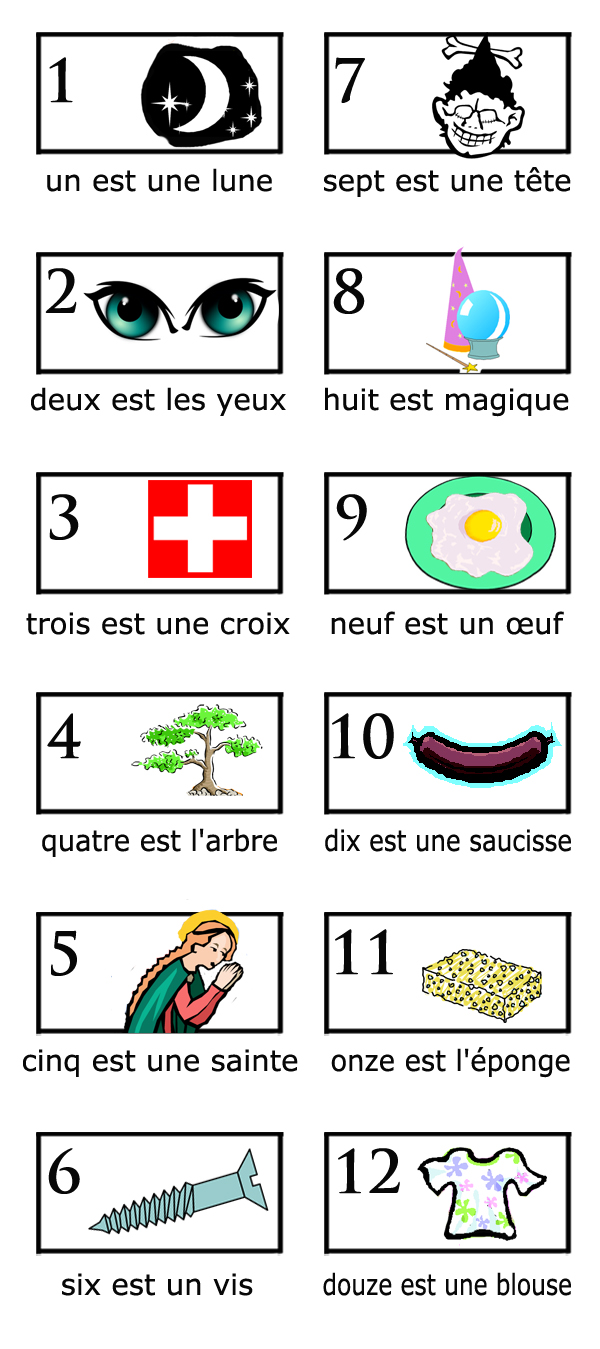Some comments on the commonalities between the Suzuki approach to learning music and the Montessori approach to education.
My sons have both been in Montessori since they were three (they are now 8 and nearly 11, respectively). My elder son started learning the violin from a Suzuki teacher when he was around five, and now learns the piano (again, from a Suzuki teacher). My younger son has been learning the violin for the last two years. Over the years I have been somewhat intrigued by the number of parents who, like me, are both Montessori and Suzuki parents.
